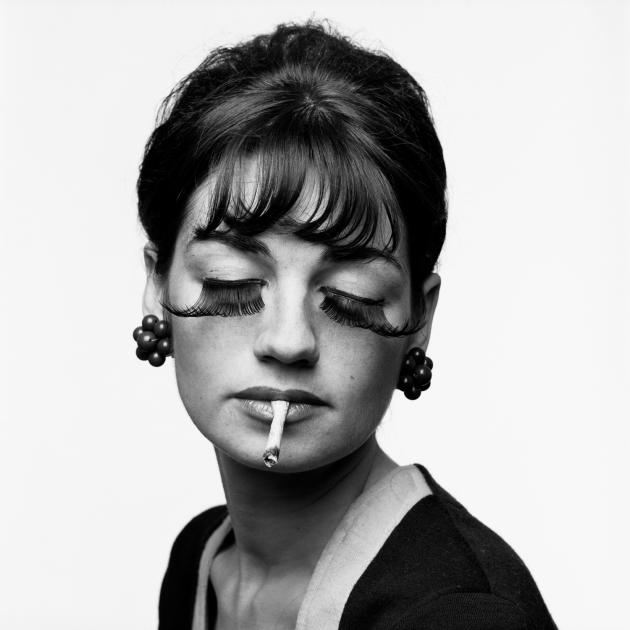The adventure always begins with a simple question: “Can I take a picture of you?” » The main thing will be played out in silence, between the objective and the subject that the Belgian Jacques Sonck addressed in the street, off the cuff. No request for first or last name. No questioning about his intimate trajectory. “I don’t care about the restevacuates the photographer, born in Ghent in 1949. I am a photographer and not a sociologist. »
For more than five decades, the Fleming has been producing black and white portraits, direct and without chatter, which remained confidential for a long time outside his country. After exhibitions in Antwerp in 2011, in New York in 2014, or in Palencia, Spain, in 2022, Jacques Sonck is the subject of a first exhibition in France, in Vichy (Allier), as part of the Portrait festival (s), which is held until 1er october.
A dive into a world populated by unique, fanciful children and adults. “I look for people who stand out from the crowd, explains the photographer. Sometimes through singularity or humor, and this doesn’t necessarily have to be in a spectacular way. » Called “Archetypes”, the exhibition reads like a reflection on norms and margins, the common and the original, Jacques Sonck emphasizing that his approach has the primary ambition of documenting human figures in all their ” diversity “ – one of his favorite words.
Photographic relationship
Son of a housewife and a baker, Jacques Sonck has had a camera since the age of 12. He studies this art at Narafi, a school in Brussels. Then he became an official at the Antwerp Photography Museum, spending his days in the establishment’s library to compile catalogs and other documents accompanying the exhibitions taking place there.
It was there that he discovered in depth the work of photographers with whom he found a kinship: the pure and captivating portraits of the American Irving Penn; those, melancholy, of the German August Sander; or the compilation by the American Diane Arbus of images of disturbing marginalized people, viewed with dignity… “I felt an immediate connection with their work,” he declares.
Like them, he will only swear by black and white which makes it difficult to date the photos; often triggers when the subject stares straight into the lens, without detour, and favors a neutral background. This can be chosen in haste in situ, outside, for a session which then lasts “about five to fifteen minutes”. From this process, from which he has never deviated since the 1970s, Jacques Sonck has built a stubborn work for which he must each time accost a passerby, “the most difficult moment”, assures the artist, who defines himself as “rather shy”.
The quantity and variety of anonymous people captured are the spice of his work. In his photographs, the morphologies are numerous, with slender or compacted bodies, tall or short, able-bodied or disabled, just as the color of the skin has multiple nuances and the features of the faces are revealed in turn elongated, wrinkled, sullen, calm, glasses…
Young punks and well dressed ladies
The heroes of all ages, photographed in Brussels, Ghent, Ostend or Nazareth, in Flanders, also show their pageantry. We come across fur coats and lacquered hairstyles, dirty punk kids and well-dressed ladies, bikers, cowboys and kids on bikes, men in suits and ties as well as jerseys and, often, identically dressed, slightly disturbing duos or trios.
So many looks that highlight the charm of accessories. False eyelashes, double-buckle belts, black glasses, pearl necklaces, rings, high-heeled shoes… “The small details often make the biggest difference,” observes Jacques Sonck.
Over time, however, “globalization has fueled an aesthetic standardization that makes people less adventurous, less extravagant, remarks the photographer. In Brussels, Paris or New York, we find the same international clothing brands, the same way of dressing. » A development which complicates the documentary quest he is pursuing…
For him, “the moment of the photo shoot tastes like victory”, proof that he was able to form a bond, to tame his interlocutor. He also learned to accept rejection and let the opportunity slip away. “Sometimes the failure is my fault, when I lose sight of someone I was interested in. I can hardly forgive myself, he slips. I then feel it as a missed opportunity that will not come back. »
